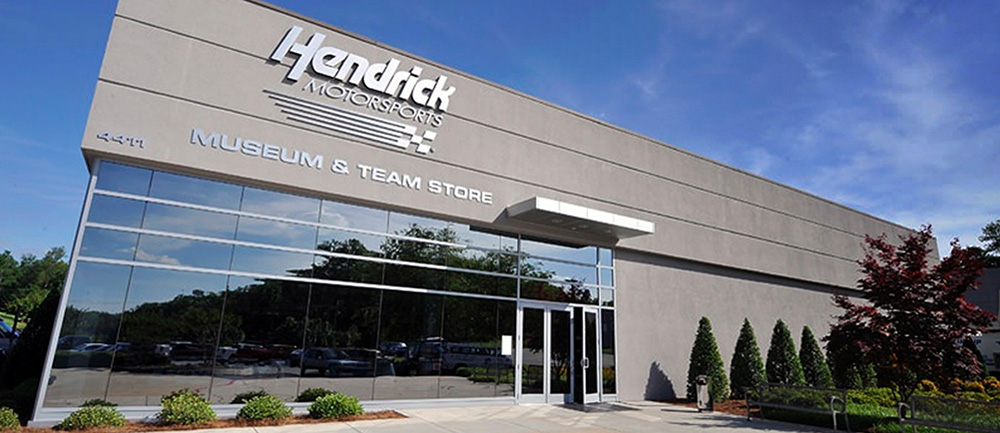
CONCORD, N.C.— With this weekend's first visit to a road course in the NASCAR Sprint Cup Series season, a certain component of Hendrick Motorsports Chevrolets comes in handy.
This Sunday, road course racing awaits at Sonoma Raceway and the use of transmissions makes all the difference during the 218.9-mile race on the 10-turn track.
Take a look below to check out 11 fun facts about transmissions.
1. Like oval-shaped tracks, transmissions used at road courses are shifted without a clutch.
2. A transmission is the connection part to the engine, installed underneath the race car, that transfers high horsepower and torque from the engine to the rear axle. That includes the use of gear ratios that allow the race car to maximize the corner speed as the race car turns on a road course like Sonoma Raceway.

3. A race car transmission weighs 80 pounds.
4. Hendrick Motorsports has over 200 transmissions in stock.
5. A transmission’s internal components, such as gears, bearings, face plates, sliders and shafts are used only once at a road course and will not be used again in another road course transmission.
6. At a road course, each Hendrick Motorsports Chevrolet has three transmissions -- a primary, backup and a spare transported to the track.
7. The average lifeline of a Hendrick Motorsports transmission used during the NASCAR Sprint Cup Series race season is about 4,500 to 5,000 miles.

8. Transmissions used at a road course will have an installed pump that will run oil to the cooler to cool the gears of the transmission.
9. Hendrick Motorsports has a total of six drive line technicians that specifically work on transmissions and gears.
10. After a transmission is used at a road course, Hendrick Motorsports drive line technicians will clean, inspect and rebuild the transmission to be reused for oval track races.
11. It takes about 15 to 20 minutes to install a transmission in a Hendrick Motorsports Chevrolet SS.







